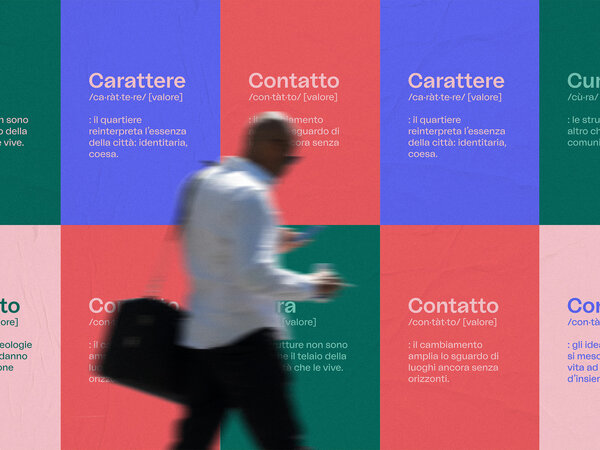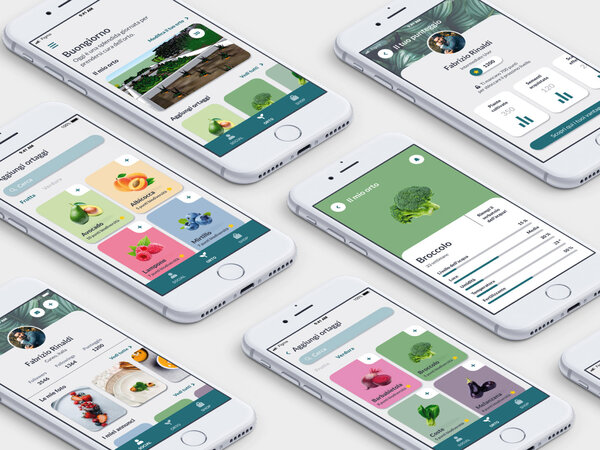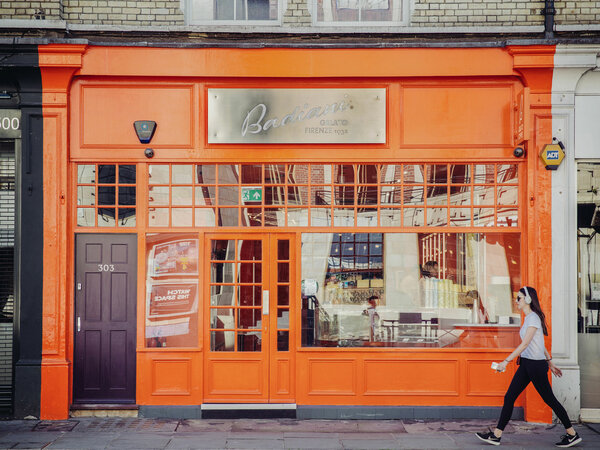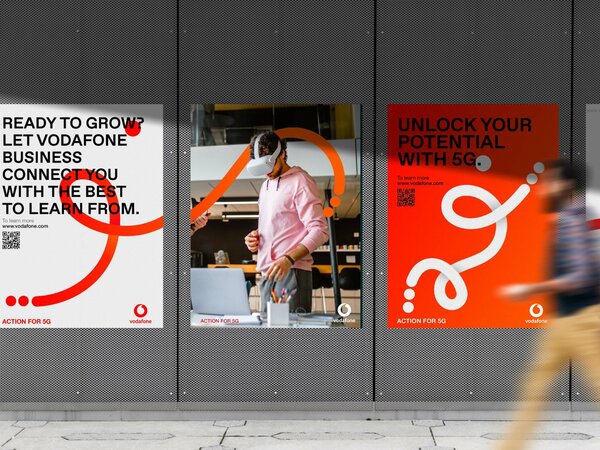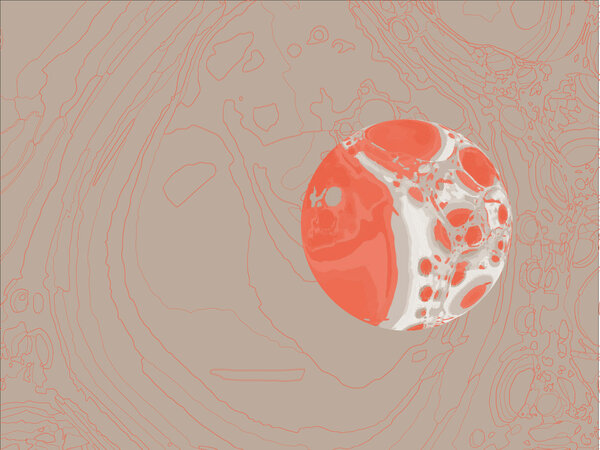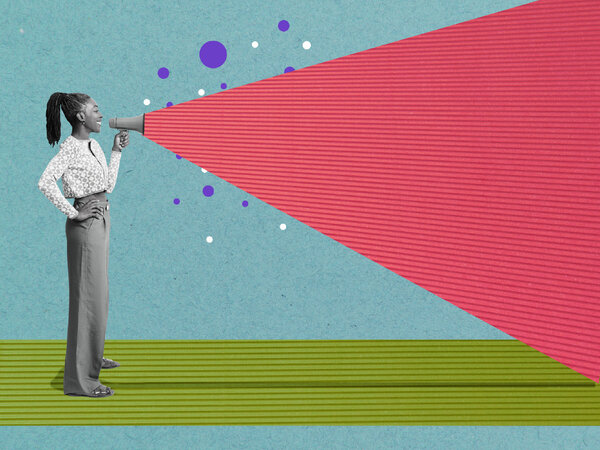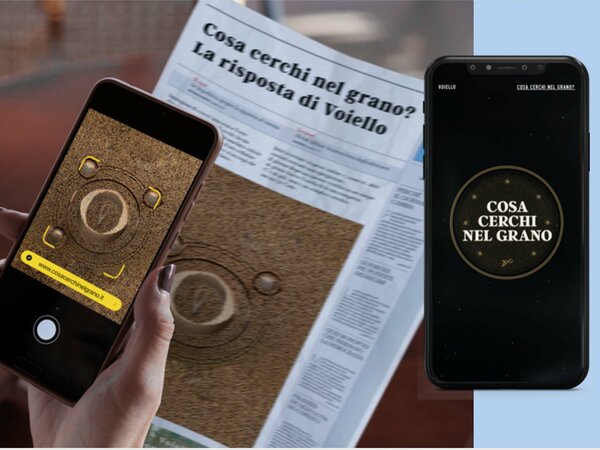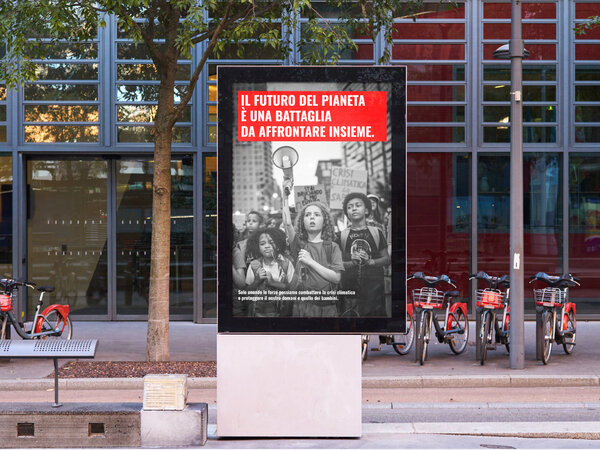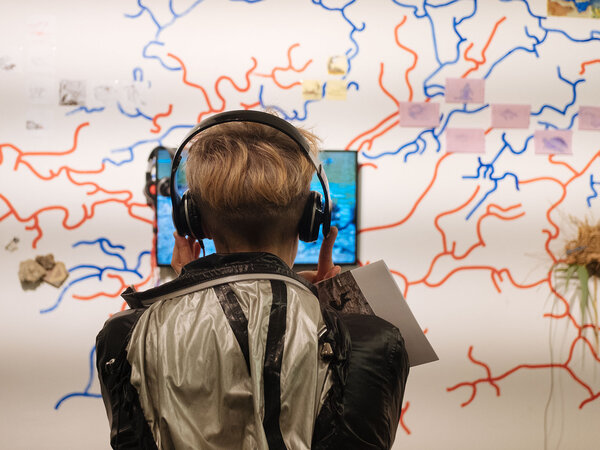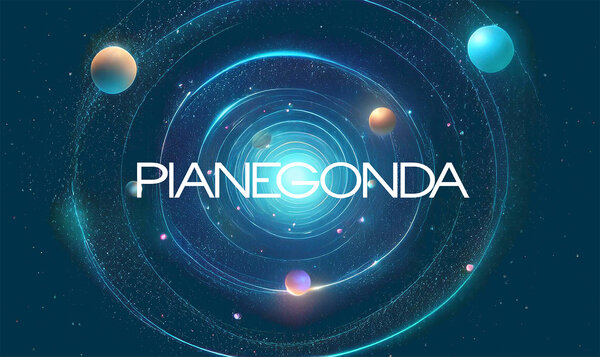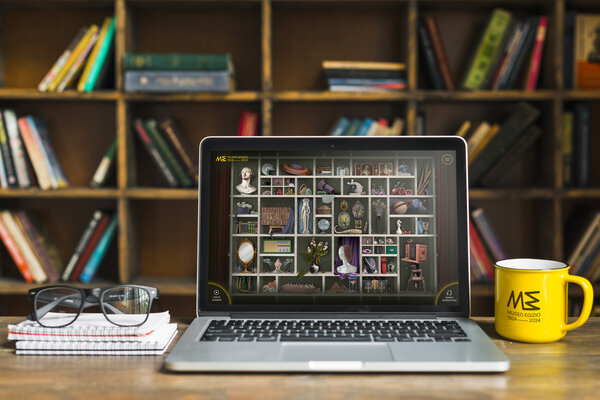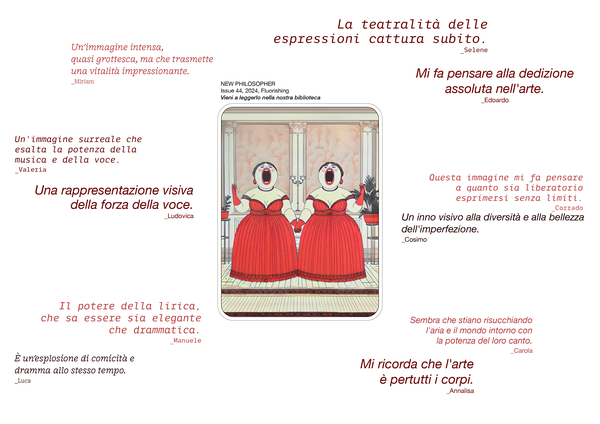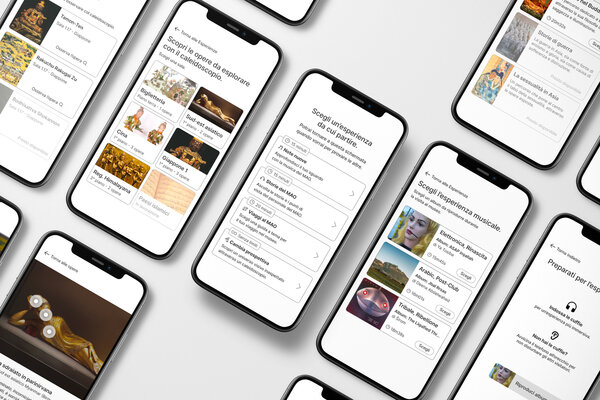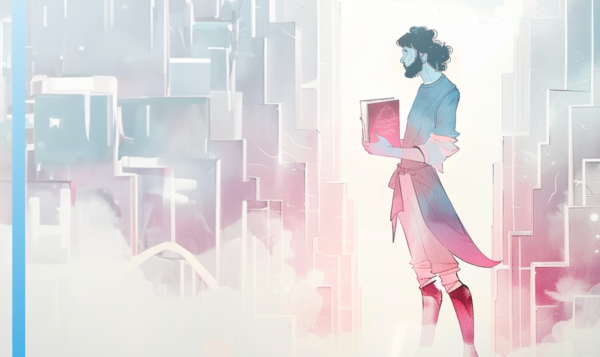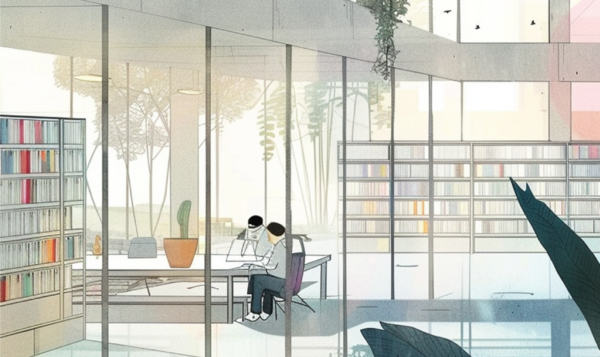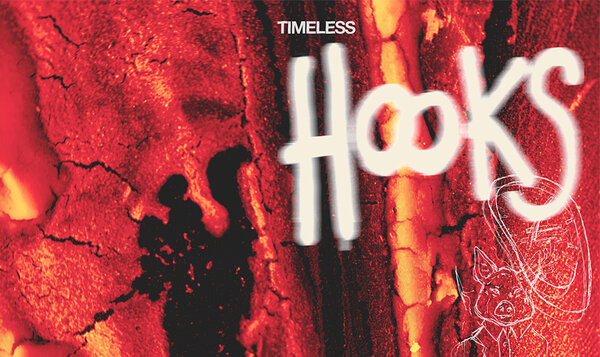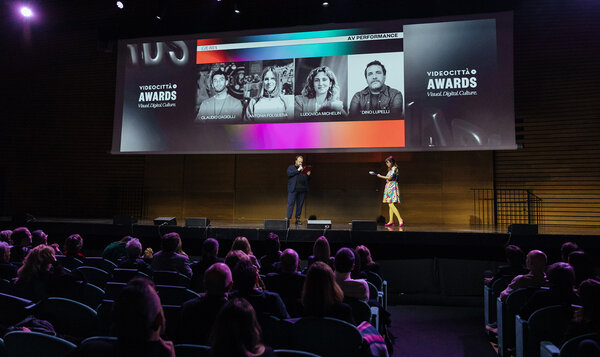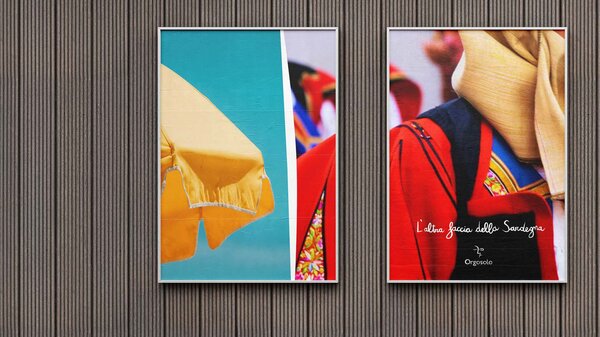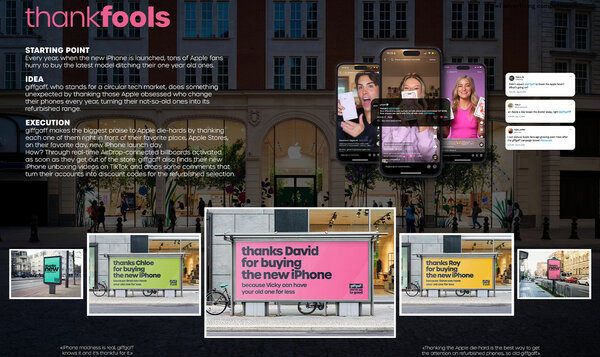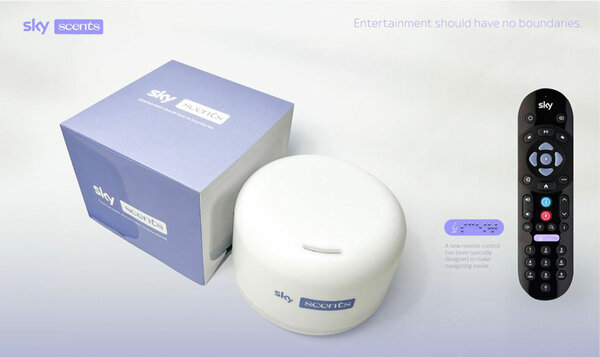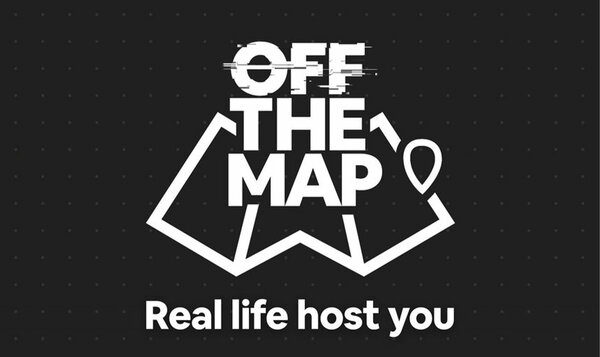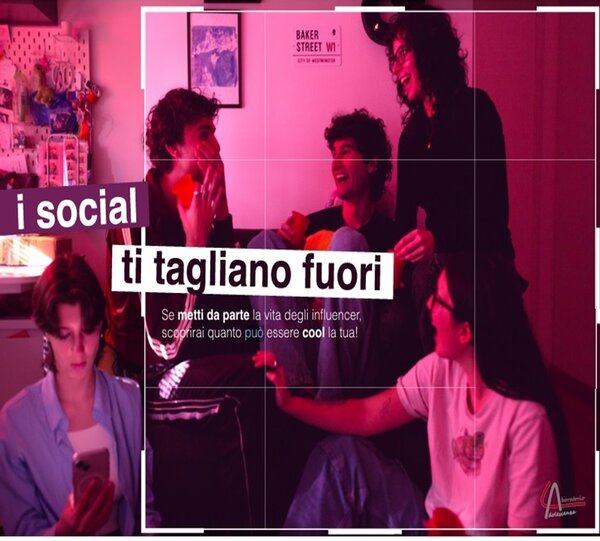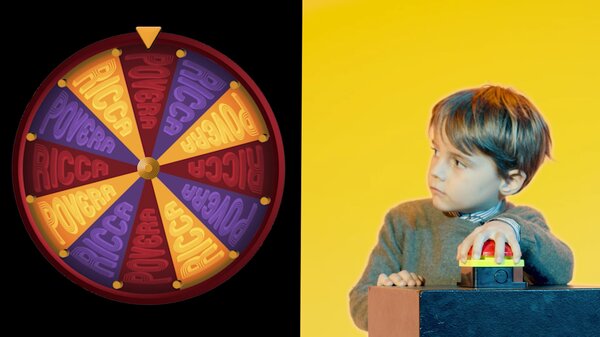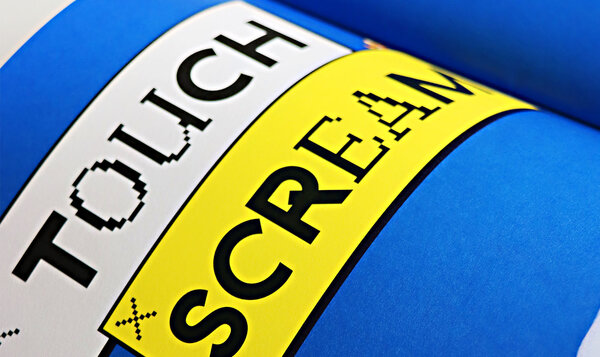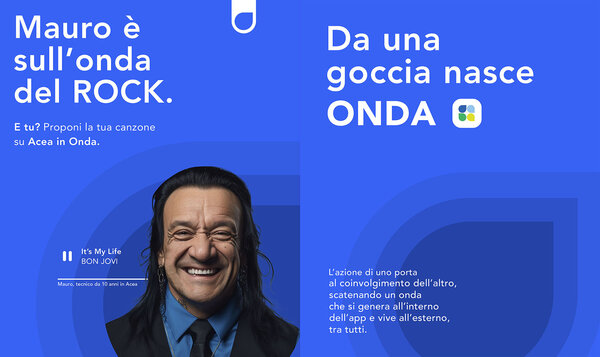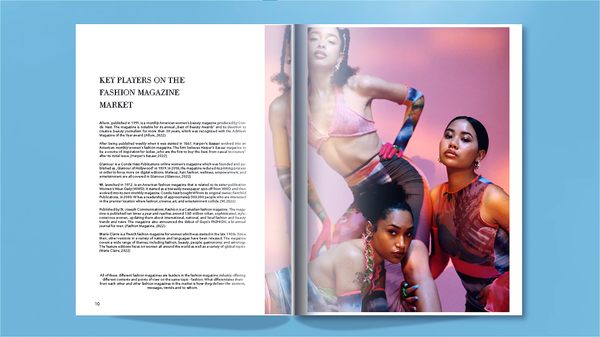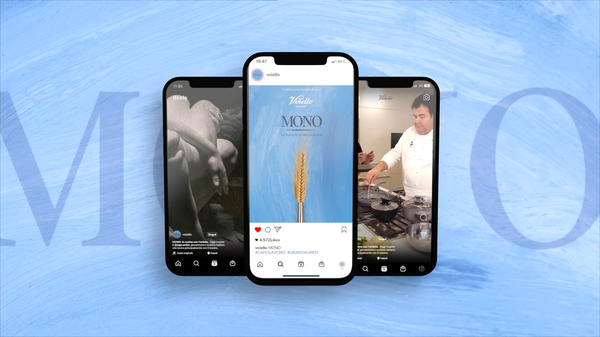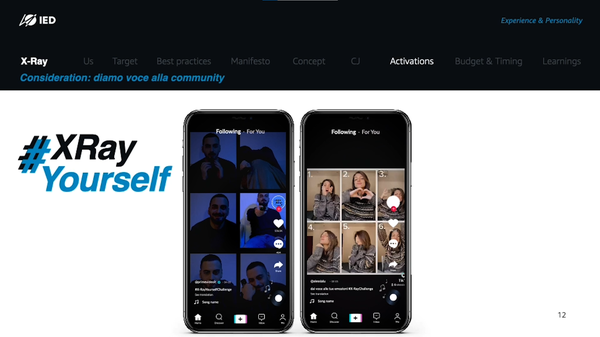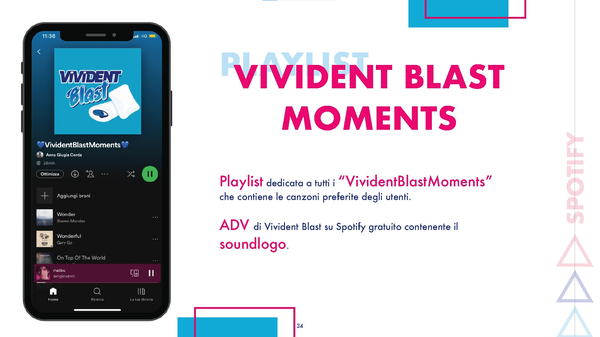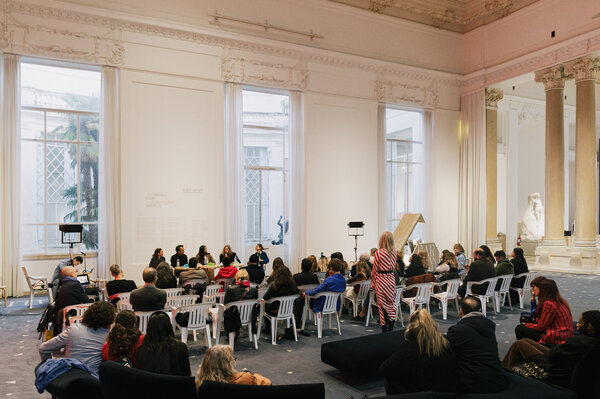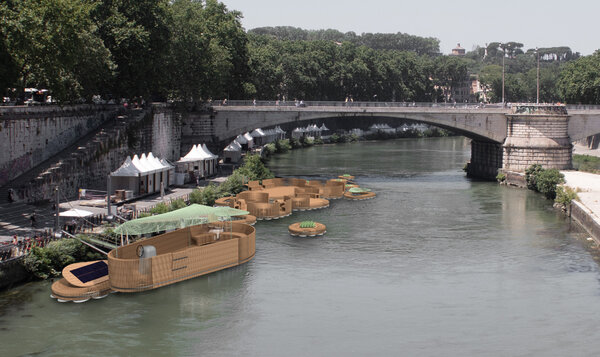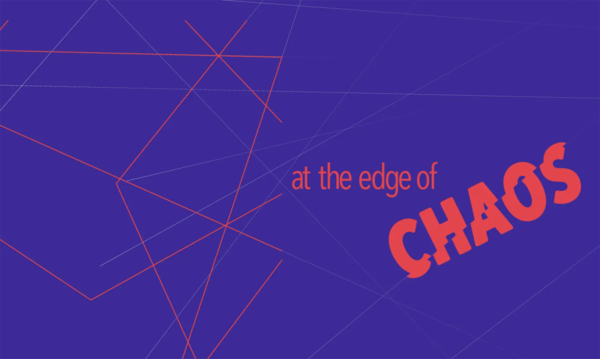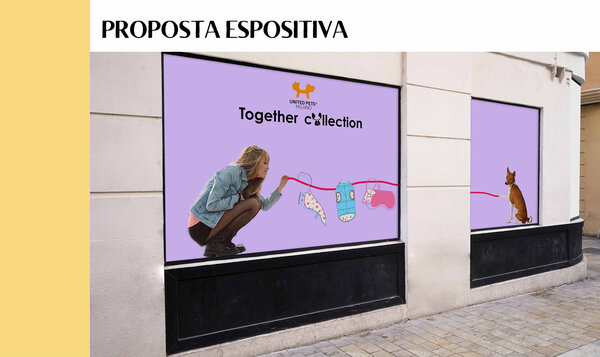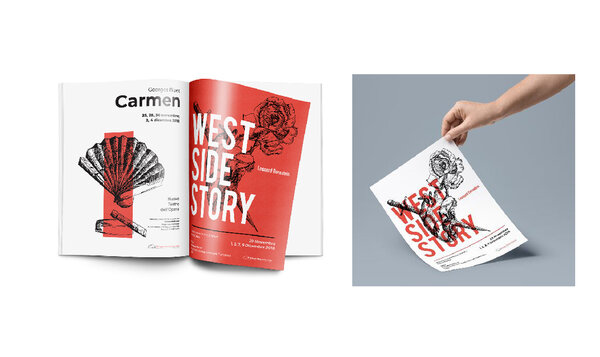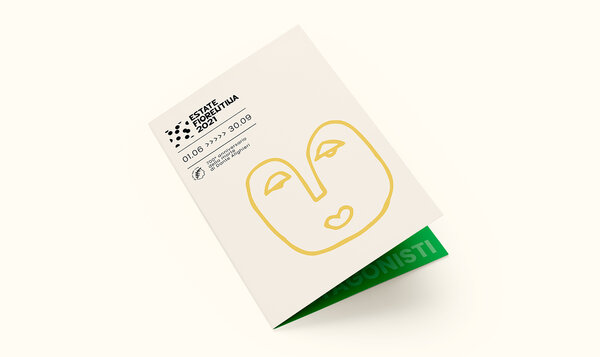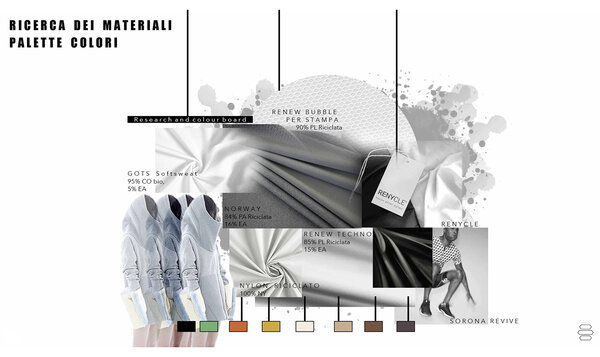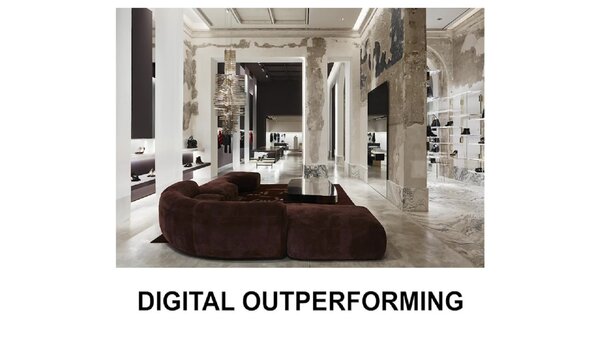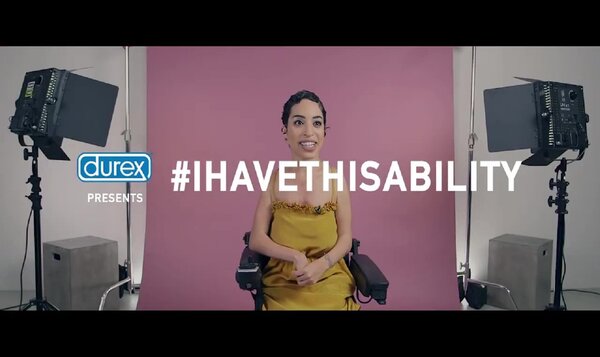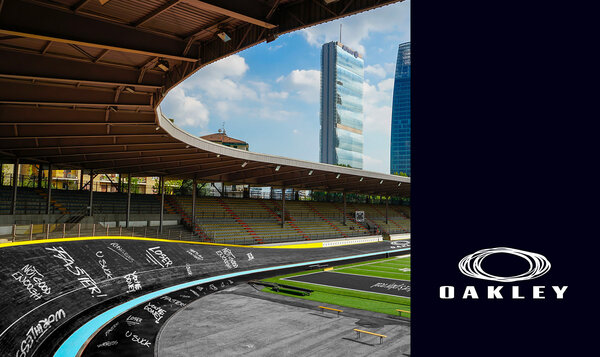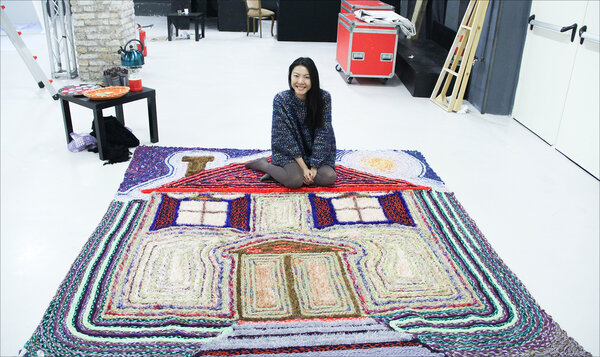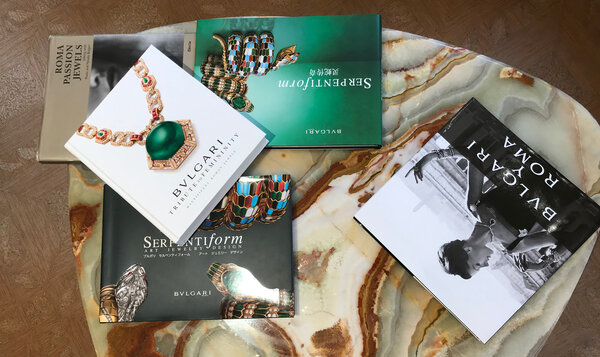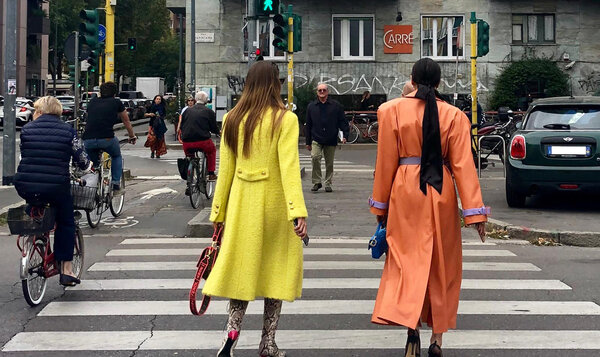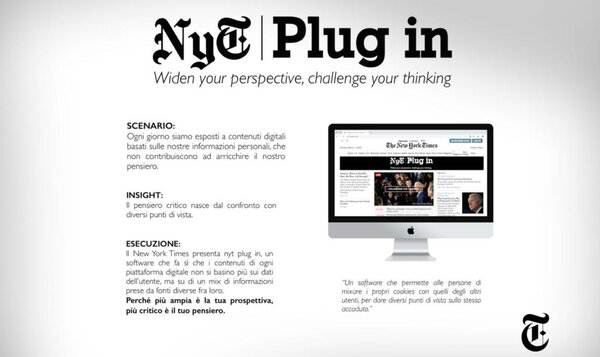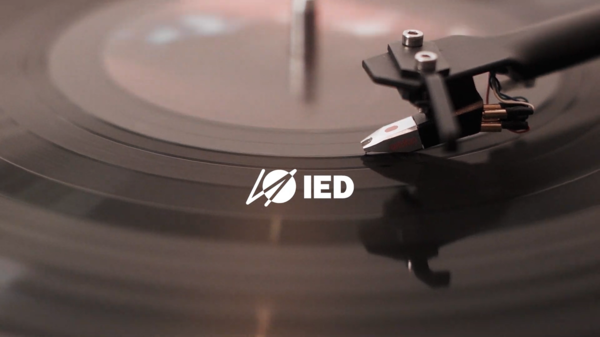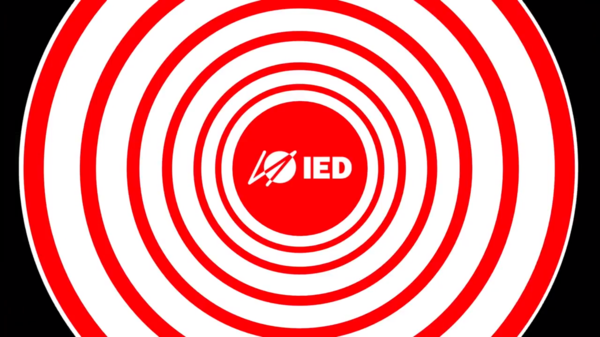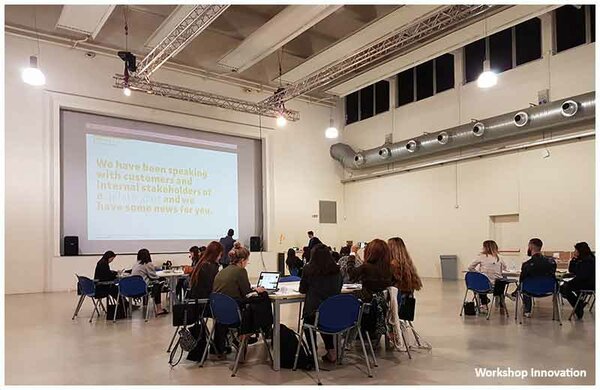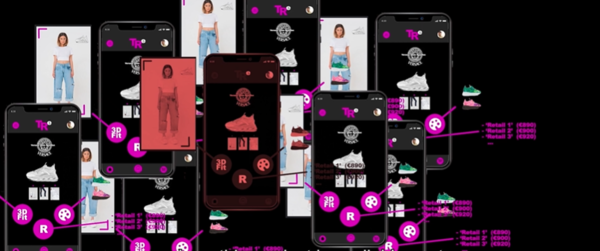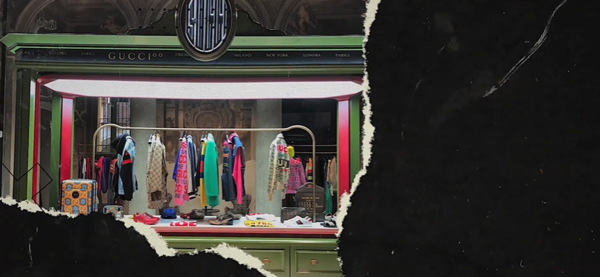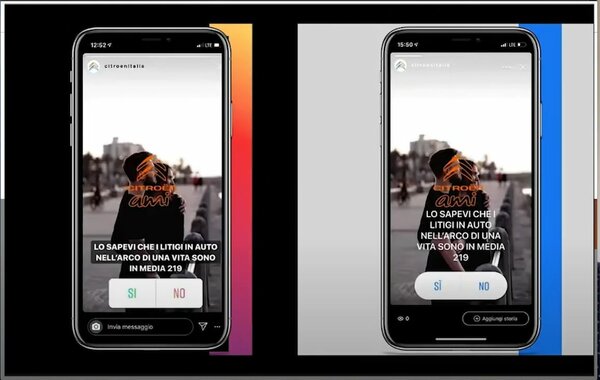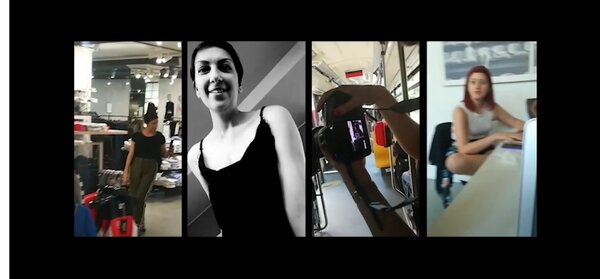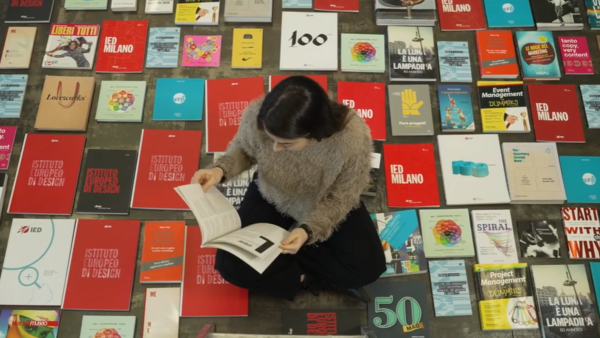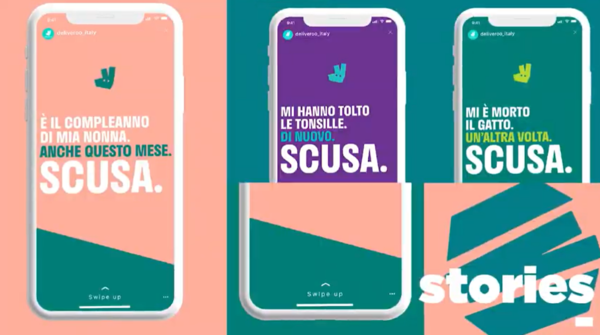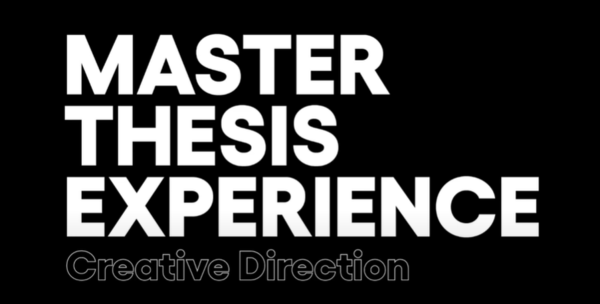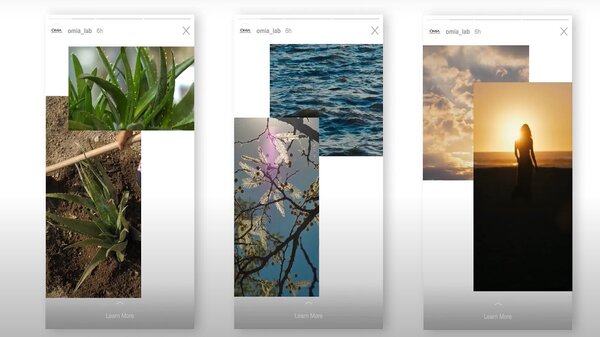
Communication Designers: who they are, what they do and how to become one
Who are they and what do they do?
In the vast world of communication, the specialised figure responsible for creating compelling visual and graphic content is the Communication Designer, also a strategic pillar within the communication dynamics of a brand or company.
The aim of this profession is to translate customer requirements into stimulating visual elements, however, the competence of a good designer goes beyond mere graphic creation. The communication designer is the one who can conceive visual solutions capable of effectively communicating meaning and value, be it through a distinctive logo, an eye-catching brochure, or an exciting advertising campaign.
Their expertise is required in very diverse contexts, ranging from advertising to information and branding. Regardless of the context, their work, which is linked to the vision and goals of the company, is always crucial to distinguishing and differentiating a brand from its competitors.
Role and responsibility
The communication designer is a versatile figure with various responsibilities. In terms of art direction, they manage the creative process from conception to realisation, ensuring that each project authentically embodies the identity and objectives of the company or brand. By combining copywriting and content design skills, they capture the essence of the message to translate it into a visual language that is immediate and engaging, easily connecting with the target audience.
The communication designer employs marketing skills to develop cross-media communication strategies and plans. Finally, they are excel in event coordination , from creating online and offline materials to liasing with the media.
Career and salary
The career of the communication designer unforlds through multiple avenues, offering opportunities in advertising agencies, design studios, or as freelancers. The variety of work contexts allows specialisation in specific areas or embracing a broader and more general perspective of the profession.
As a result, the salary is subject to several factors, including experience in the field, professional reputation, and the scale of the projects managed.
In general, skills and ability to translate ideas into impactful visual materials represent an investment for professional success, allowing those who pursue this career to enjoy rewarding opportunities.

IED Open Days
We look forward to meeting you in person at our premises and online, to learn more about our teaching offerings, get to know our services and interact with coordinators, lecturers and students.
Skills and training
To become an excellent communication designer, one needs to possess a distinctive set of skills.
To become an excellent communication designer, one needs to possess a distinctive set of skills often provided by a graphic design education or more specific courses dedicated to design strategy, management and communication. Specifically, this profession requires:
Advanced technical skills
Mastery of graphic design software is a fundamental skill for anyone wishing to be a communication designer. The designer must have solid technical skills to translate ideas into practical visual projects, from 360-degree use of design tools such as Adobe Creative Cloud (Photoshop, Illustrator, InDesign) to in-depth animation and editing software knowledge.
Creativity in visual composition
The ability to create captivating visual compositions is essential. In order to be successful, any communication designer must demonstrate a pronounced aesthetic sense, playing with colours, shapes and layouts to create visual messages that capture attention and effectively convey the desired message. This skill, often innate, must be refined and perfected with study and practice.
In-depth knowledge of trends
Keeping up with communication trends is essential for a successful Designer. From new modes of visual interaction to changes in audience preferences, an up-to-date knowledge of trends (in italian language) is required of every industry professional, both to anticipate emerging market needs and to offer innovative, leading-edge solutions.
Skills in interpreting the client’s needs
One of the communication designer's distinctive skills is the ability to interpret the needs of their clients. This skill goes beyond simply understanding requests; it involves translating aspirations and business goals into visual solutions that authentically reflect the client's identity.
Further education
The education of any communication designer usually starts with a degree in graphic design or a similar field of study. However, in the ever-changing context of design and visual communication, continuous learning is essential. Specialised courses, workshops and constant updates are valuable tools for every professional to maintain and develop skills in step with industry demands, ensuring a successful career.
How can you become a Communication Designer?
If you aspire to become a communication designer and wish to acquire high-level skills, IED offers both three-year degrees and Master courses to hone your knowledge. Through advanced training programmes, you can excel in this profession and make a significant contribution to the visual communication strategy of companies and brands.
Discover IED's range of proposals and begin your path towards a successful career as a communication designer.
